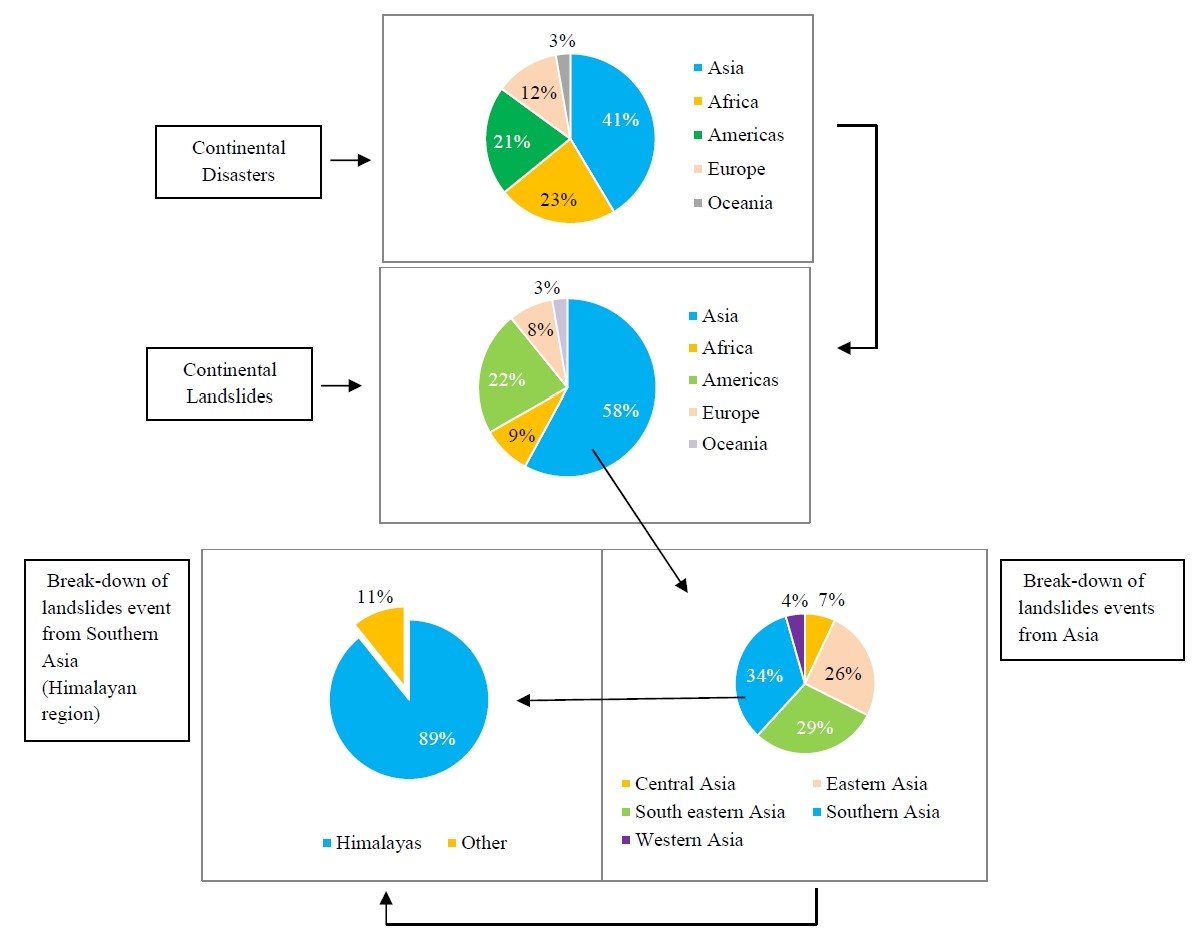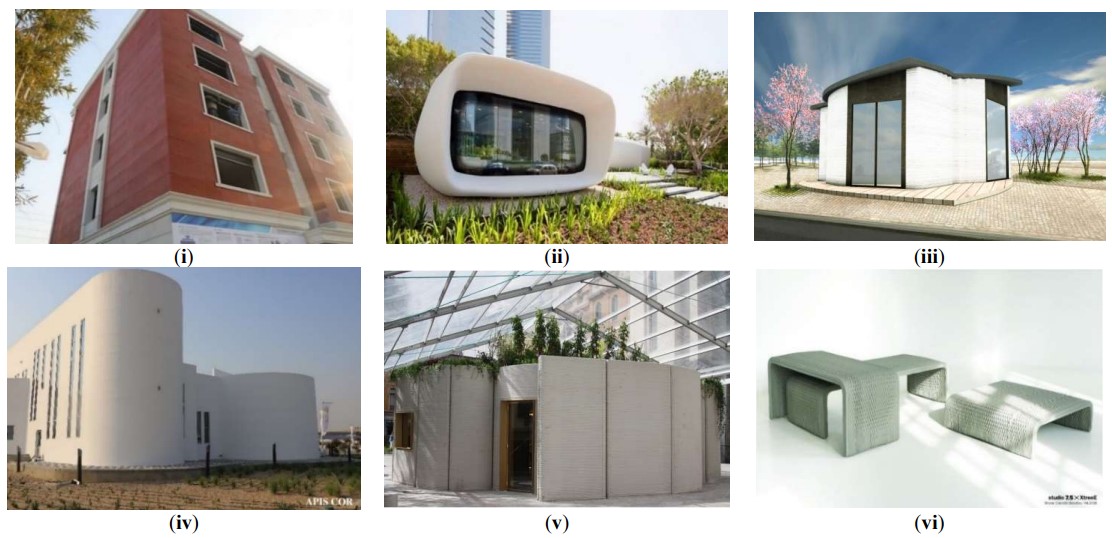Found 2 results
Open Access
Review
05 February 2025Landslides in the Himalayas: A Comprehensive Review of Hazards, Impacts, and Adaptive Strategies
The Himalayas, known as the ‘Third Pole’, are facing an escalating crisis due to landslides driven by climate change and human activity. The settlements in the Himalayas are increasingly vulnerable due to a surging prevalence of landslides. This systematic review investigates the repercussions of landslide hazards on the inhabitants of the Himalayan Arc and explores the causes and adaptive strategies focusing on the period from 2002 to 2022. Data dealing with the impact of landslides were systematically extracted from Scopus, Web of Science, Pascal & Francis, Science Direct, and Google Scholar databases. The review adhered to the prescribed guidelines of reporting standards for systematic evidence systems (ROSES). The frequency and severity of landslides in the Himalayas are notably high, potentially exceeding those observed in other global regions, due to a combination of specific geological, climatic, and human-induced factors. Thematic categorization identifies that the Himalayan communities confront a multifaceted challenge involving social, natural, economic, human, and physical losses induced by landslides. However, they lack adaptive capacity. The origins of these landslides are diverse, emanating from natural forces, geological phenomena, and human activities within the Himalayas. The review contributes to the understanding of the profound impact that landslides inflict upon the Himalayan region. By consolidating data from diverse databases, the study illuminates the urgent need for comprehensive strategies to bolster resilience and mitigate the escalating threats posed by landslides in this vulnerable geographic expanse.

Open Access
Review
13 February 20243D Printing Technology for Rapid Response to Climate Change: Challenges and Emergency Needs
Providing rapid, efficient, inexpensive, and resilient solutions is an eminent and urgent need for emergency relief conditions, mainly and increasingly driven by the impacts of climate change. Under such disastrous circumstances, the current practice involves preparation, dispatching and managing significant amounts of materials, resources, manpower, and transportation of basic needs, which can be hindered remarkably by infrastructure damage and massive loss of lives. However, an emerging technology known as 3D printing (3DP) can play a significant role and rapidly bring unlimited innovative solutions in such conditions with much lesser resources to meet the necessities of large populations affected. Considering the recent progress of 3DP technology and applications in different industrial and consumer sectors, this study aims to provide an analysis of the status and current progress of 3DP technology in various fields to understand and present its potential for readiness and response to disasters, emergency and relief need driven by climate change. Secondly, this study also presents a sustainability assessment of 3DP technology for such cases to evaluate economic, environmental, and social impacts. Finally, policies and strategies are suggested to adapt 3DP technology in different sectors to prepare for large-scale emergencies.
